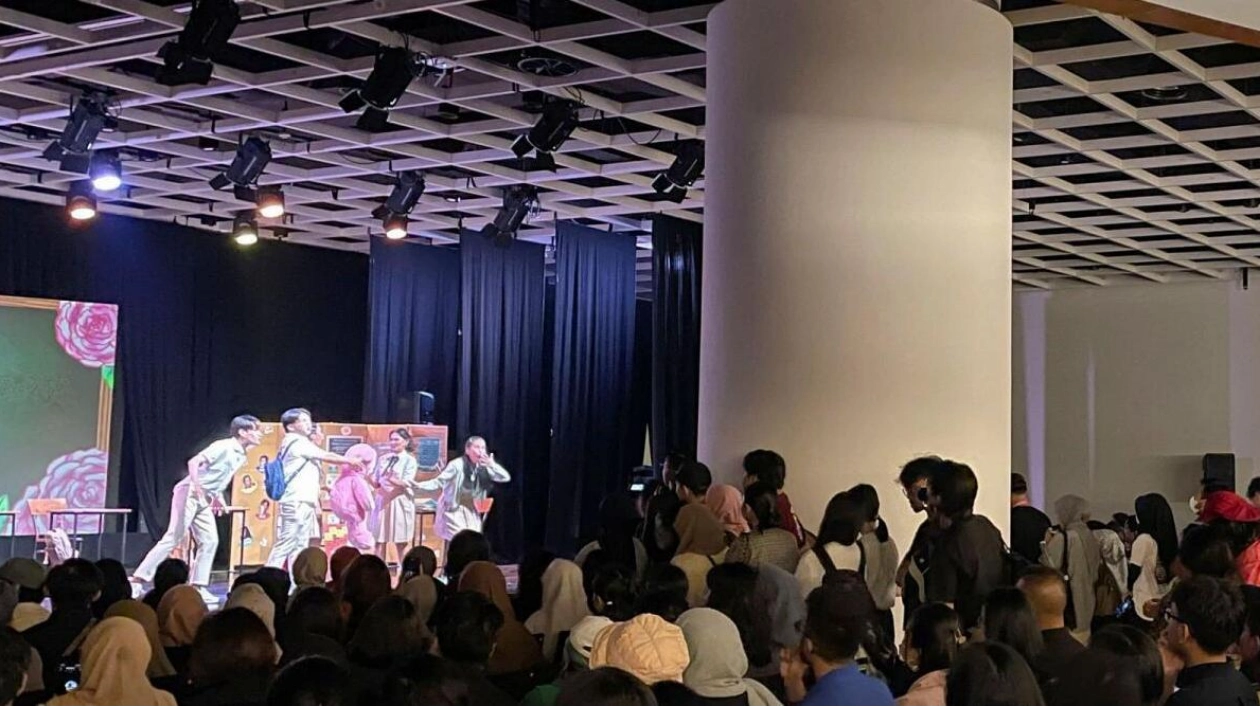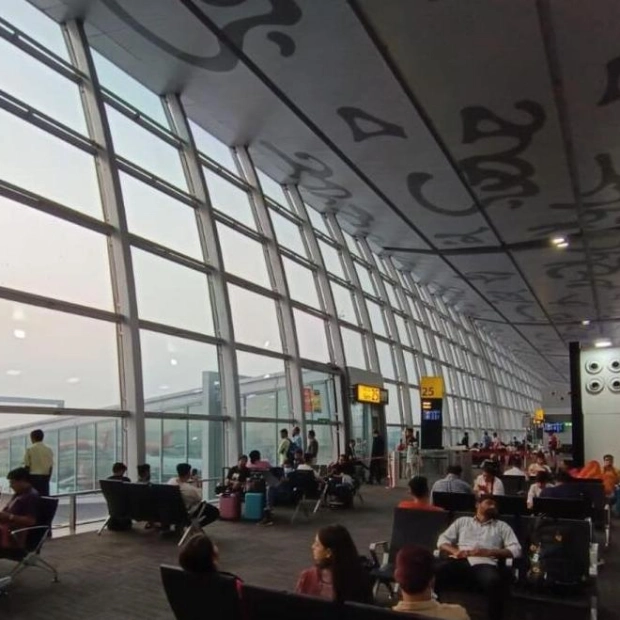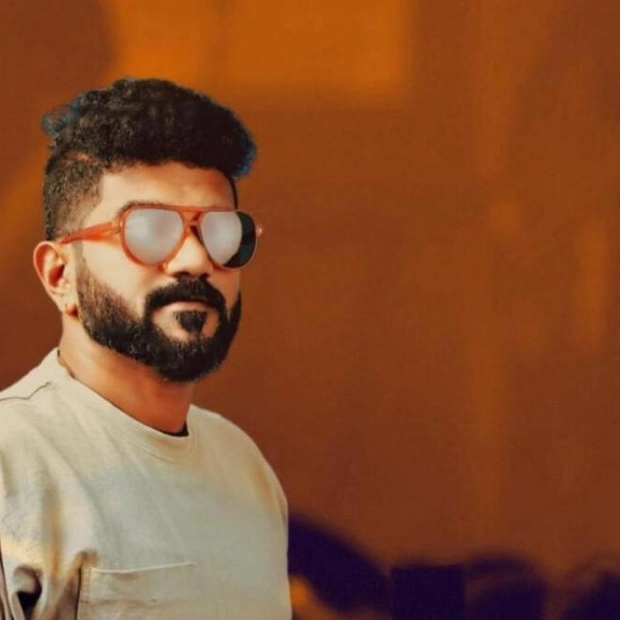Members of the theatre troupe Fantasi Tuli (Deaf Fantasy) staged a performance titled 'Senandung Senyap' (Songs of Silence) during Indonesia's inaugural musical featuring mostly hearing-impaired artists in Jakarta on Saturday. REUTERS
In a Jakarta theatre, the music reverberated through the speakers as a group of young artists danced in a musical, illuminated by multicolored stage lights. However, no one was singing. The theatre troupe Fantasi Tuli (Deaf Fantasy) was presenting Indonesia's first musical with predominantly hearing-impaired artists and crew on Saturday. The performance utilized screens around the stage to display dialogue and lyrics, while the actors conveyed their roles through facial expressions and hand signs.
The musical 'Senandung Senyap' (Songs of Silence) portrays the challenges faced by students in a middle school for children with disabilities. Directors Hasna Mufidah and Helga Theresia created the production to raise awareness and advocate for the use of sign language. 'My hope is that inclusivity can be strengthened, and that between deaf and hearing people, hearing is not superior - we're equal,' Mufidah, who is deaf, expressed through Indonesian sign language.
With over 60 hearing-impaired actors and crew members, aged 16 to 40, the musical took three months to prepare. It was inspired by Deaf West Theatre in the United States, according to Helga. The performance delves into the special-needs education system in Indonesian schools, where hearing-impaired students are often taught with a focus on speech training and lip-reading rather than sign language, amidst broader discussions on the most effective educational methods for children with hearing disabilities.
Some within the deaf community argue that oral education can lead to a sense of alienation, and that sign language is a more natural form of communication for them. Advocates of this approach believe it could better integrate people with hearing disabilities into the predominantly hearing community. For hearing-impaired actor Hanna Aretha Oktavia, the musical was her first exposure to sign language and the broader deaf community.
'Throughout dialogue rehearsals, we had to use as many expressions as possible and follow the storyline,' Hanna said. 'What's interesting is that in rehearsals, we have to feel the tempo and vibrations and match them with the choreography. I think that's the most intriguing part because I love to dance. And we paid close attention to the beats with the help of hearing aids. We use big speakers to guide us,' she added.
More than 2 million of Indonesia's 280 million people have a hearing disability, including 27,983 students in special-needs schools.
Source link: https://www.khaleejtimes.com






